Kioku — Seoul, South Korea
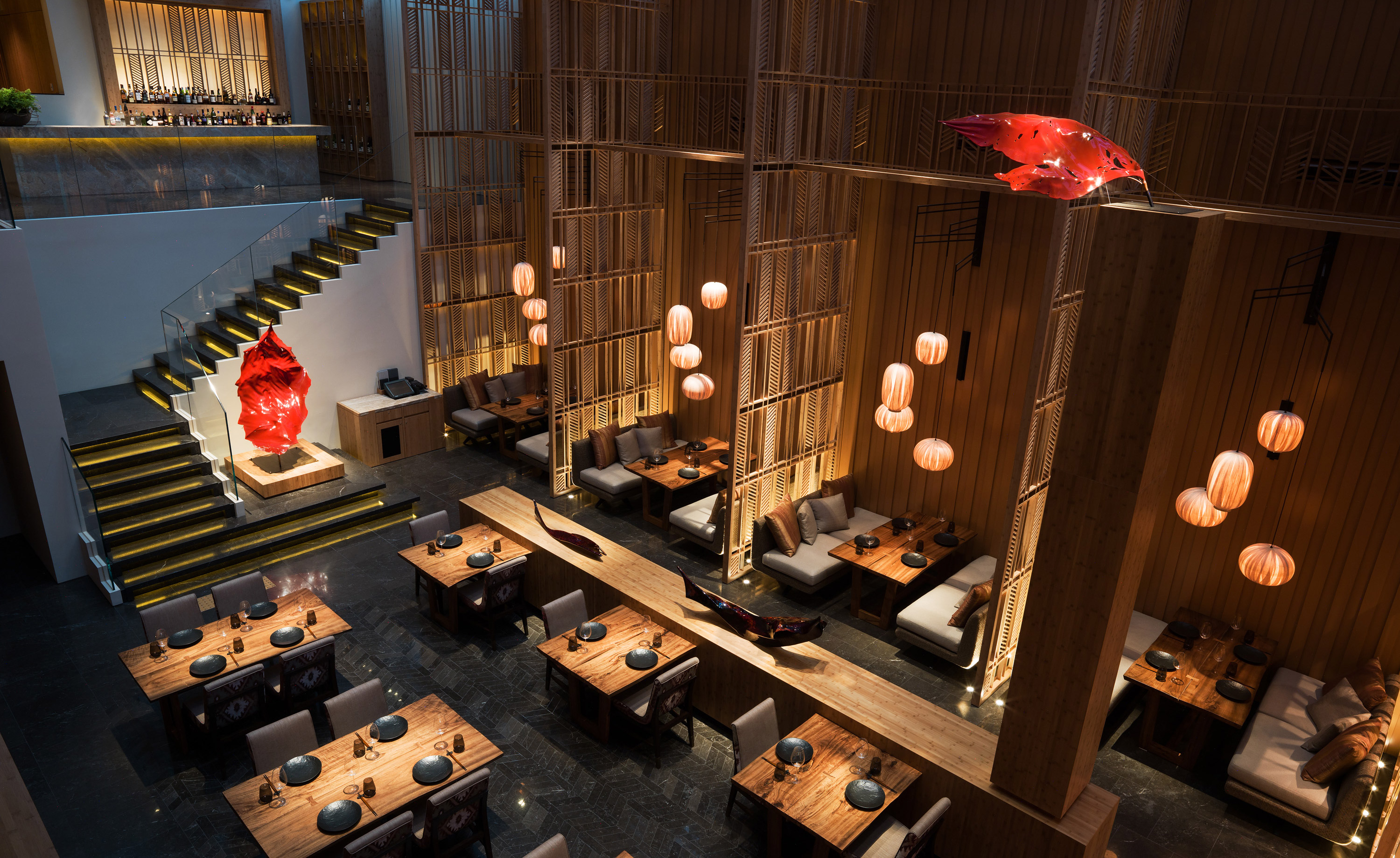
The latest endeavour from Hong Kong-based architect Andre Fu is a two-level contemporary Japanese restaurant sporting a mezzanine level dedicated to a hip sake bar.
Keeping with Japanese tradition, the entrance - an elegant hallway lined with bamboo posts – is an understated affair inspired by the elegant bamboo torii (gates) at an ancient Kyoto shrine. It leads to the first statement dining space featuring a pristine 11-meter-long sushi counter carved out of solid pine. Here, diners are treated to dramatic views over the cavernous main dining-room where Fu has created what he calls a ‘modernist bamboo theatre’ with a series of intimate booths separated by distinctly modern, tall bamboo screens, softly lit with custom-design silk pendants.
The designer’s inimitable appreciation for subdued colour is also on show here, with sumptuous mud orange and cool mineral greys that beautifully complement the natural materials such as bamboo, sand and volcanic charcoal stone. Meanwhile, Japanese lacquer artist Muramoko Shingo’s ethereal installation of suspended red lacquer maple leaves adds a dreamlike quality as they seemingly ‘float’ through the three distinct spaces.
The food is as good as the setting: in the kitchen, the acclaimed Chef Sawada Kazumi serves up exceptional sushi and contemporary Japanese seasonal fare but we think the Instagram-ready sake bar is worth a visit alone for its excellent selection of rice wines.
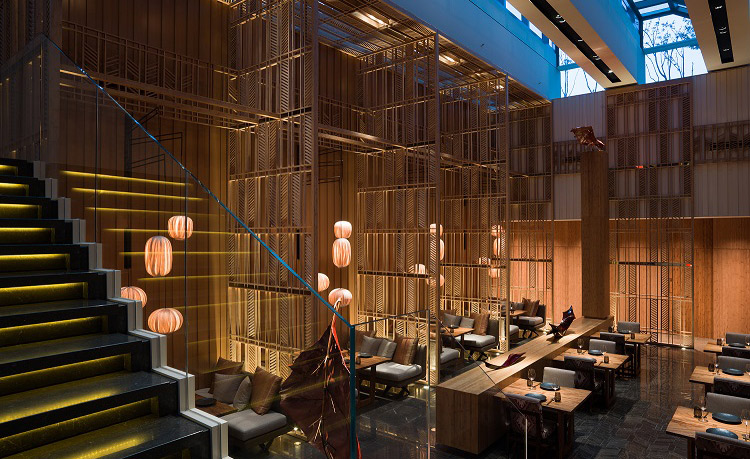
ADDRESS
Four Seasons Hotel Seoul
97 Saemunan-ro
Jongno-gu
Seoul
Wallpaper* Newsletter
Receive our daily digest of inspiration, escapism and design stories from around the world direct to your inbox.
Catherine Shaw is a writer, editor and consultant specialising in architecture and design. She has written and contributed to over ten books, including award-winning monographs on art collector and designer Alan Chan, and on architect William Lim's Asian design philosophy. She has also authored books on architect André Fu, on Turkish interior designer Zeynep Fadıllıoğlu, and on Beijing-based OPEN Architecture's most significant cultural projects across China.
-
 Marylebone restaurant Nina turns up the volume on Italian dining
Marylebone restaurant Nina turns up the volume on Italian diningAt Nina, don’t expect a view of the Amalfi Coast. Do expect pasta, leopard print and industrial chic
By Sofia de la Cruz
-
 Tour the wonderful homes of ‘Casa Mexicana’, an ode to residential architecture in Mexico
Tour the wonderful homes of ‘Casa Mexicana’, an ode to residential architecture in Mexico‘Casa Mexicana’ is a new book celebrating the country’s residential architecture, highlighting its influence across the world
By Ellie Stathaki
-
 Jonathan Anderson is heading to Dior Men
Jonathan Anderson is heading to Dior MenAfter months of speculation, it has been confirmed this morning that Jonathan Anderson, who left Loewe earlier this year, is the successor to Kim Jones at Dior Men
By Jack Moss
-
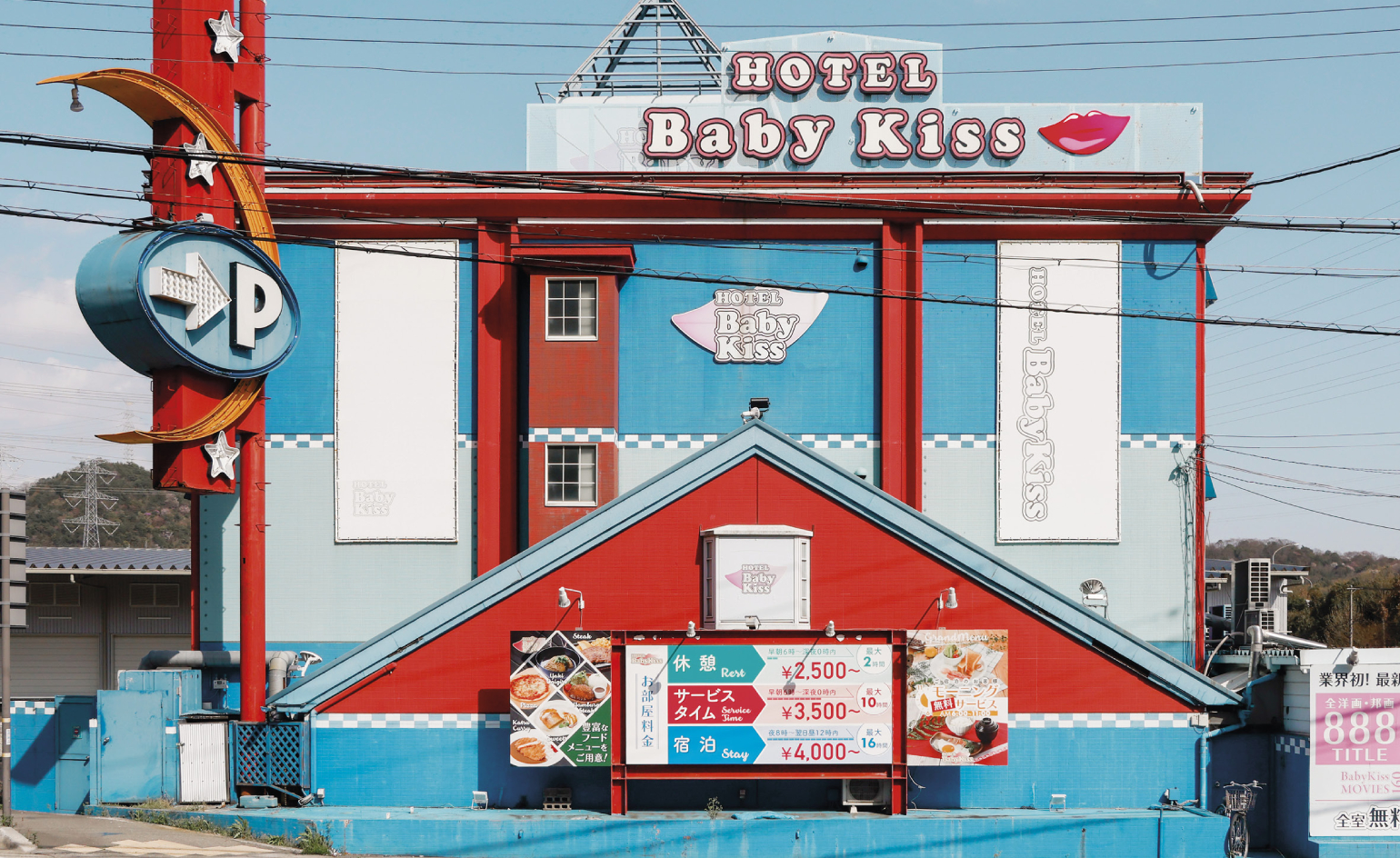 A new book captures the kitschy allure of Japanese ‘love hotels’
A new book captures the kitschy allure of Japanese ‘love hotels’For his latest project, French photographer François Prost documents the whimsical façades that characterise these erotic roadside venues.
By Sofia de la Cruz
-
 Korean Air reveals sleek rebrand in first overhaul since 1984
Korean Air reveals sleek rebrand in first overhaul since 1984Korean Air’s new identity sheds excess detail to create a bold, minimalist identity fit for its global ambition
By Sofia de la Cruz
-
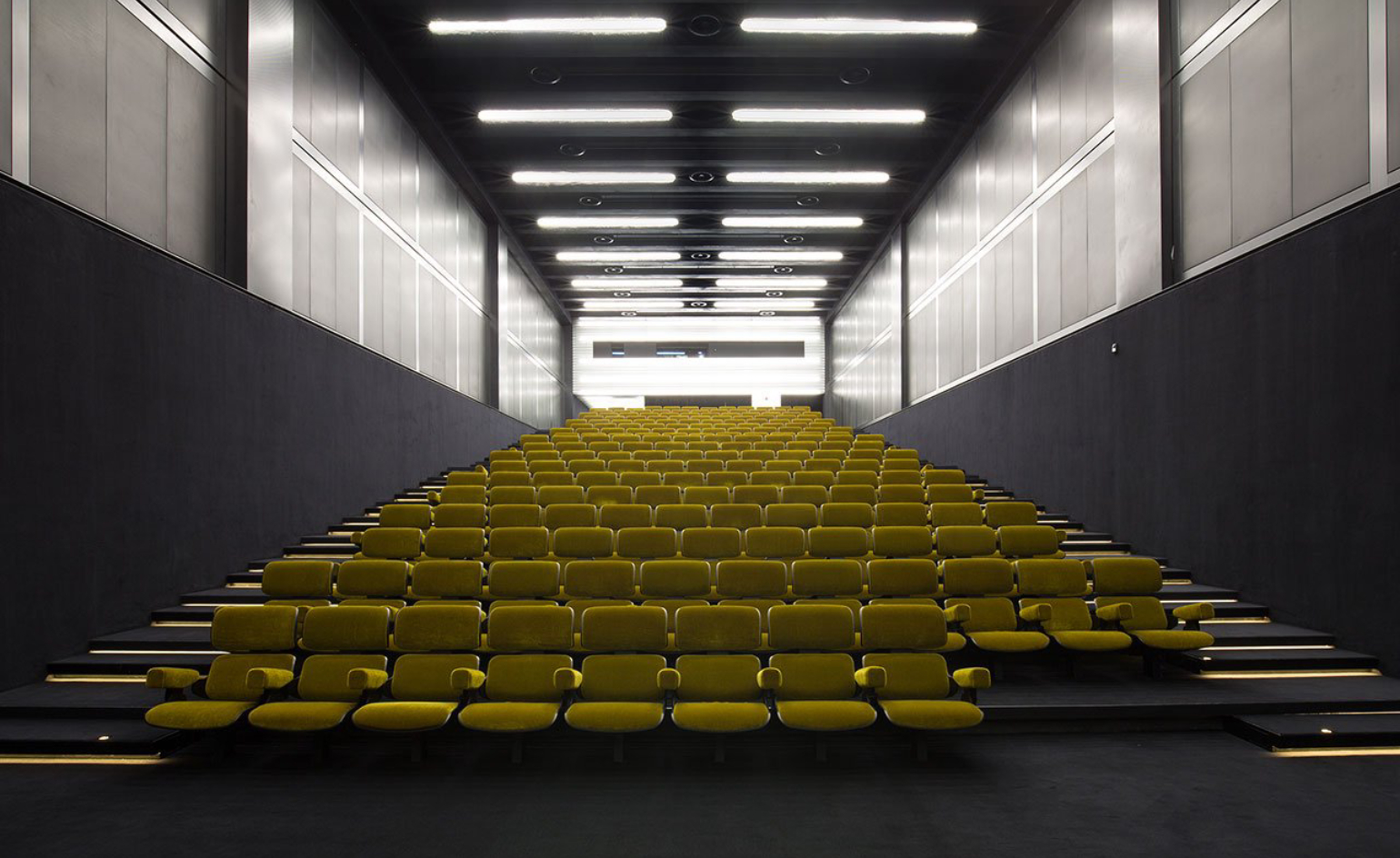 Must-visit cinemas with award-worthy design
Must-visit cinemas with award-worthy designThere’s more magic to the movies at these design-led cinemas, from Busan Cinema Centre’s ‘flying’ roof to The Gem Cinema Jaipur’s art deco allure
By Sofia de la Cruz
-
 All aboard the world’s most luxurious train journeys
All aboard the world’s most luxurious train journeysStay on track with our pick of the most luxurious train journeys around the world, whether in 1920s-style opulence or contemporary chic
By Tianna Williams
-
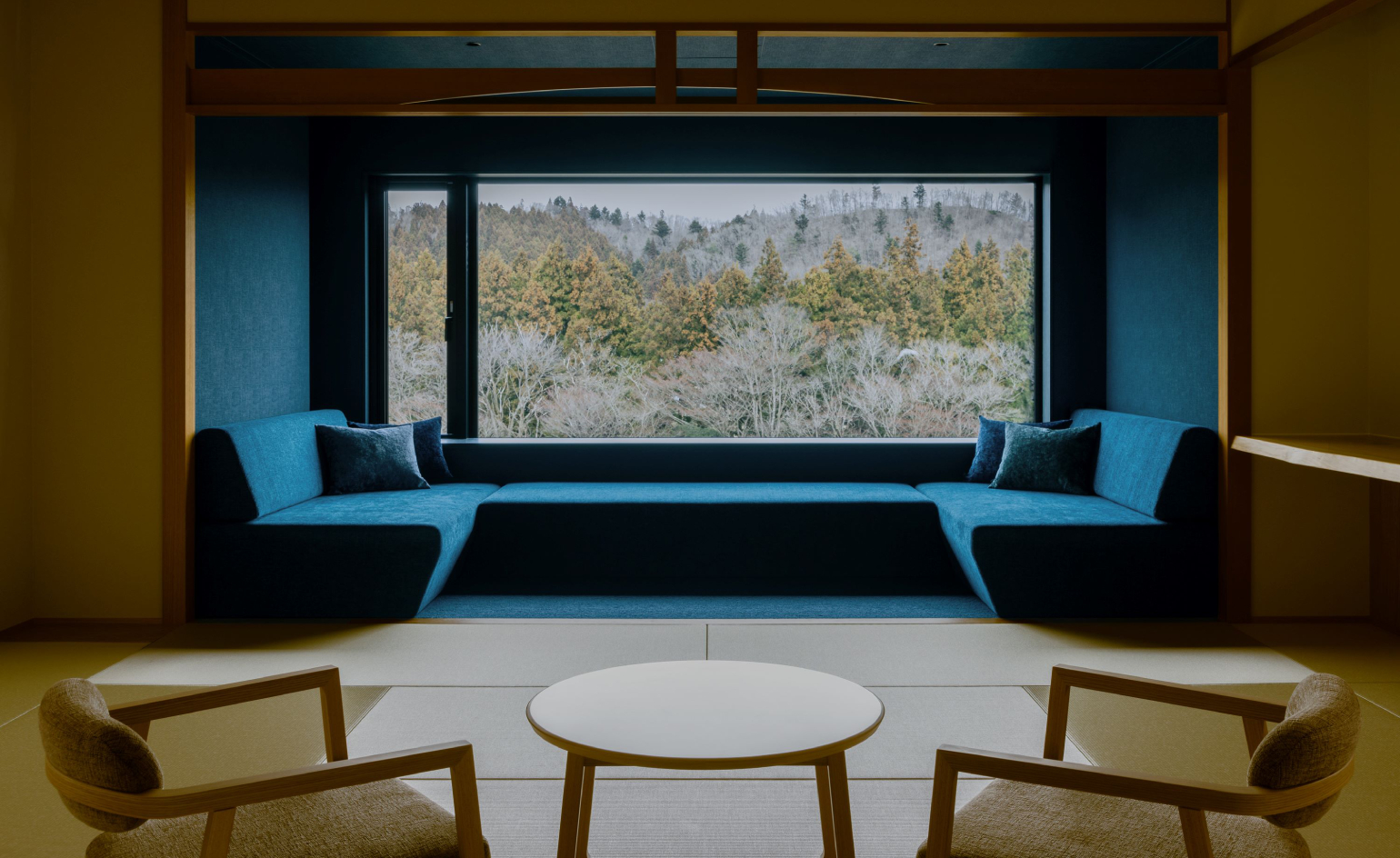 Wallpaper* checks in at Hoshino Resorts KAI Akiu: a soothing onsen hotel
Wallpaper* checks in at Hoshino Resorts KAI Akiu: a soothing onsen hotelIn Japan’s bucolic northeast, Hoshino Resorts KAI Akiu breathes new life into a sleepy hot spring village without betraying its ancient roots
By Eric Millman
-
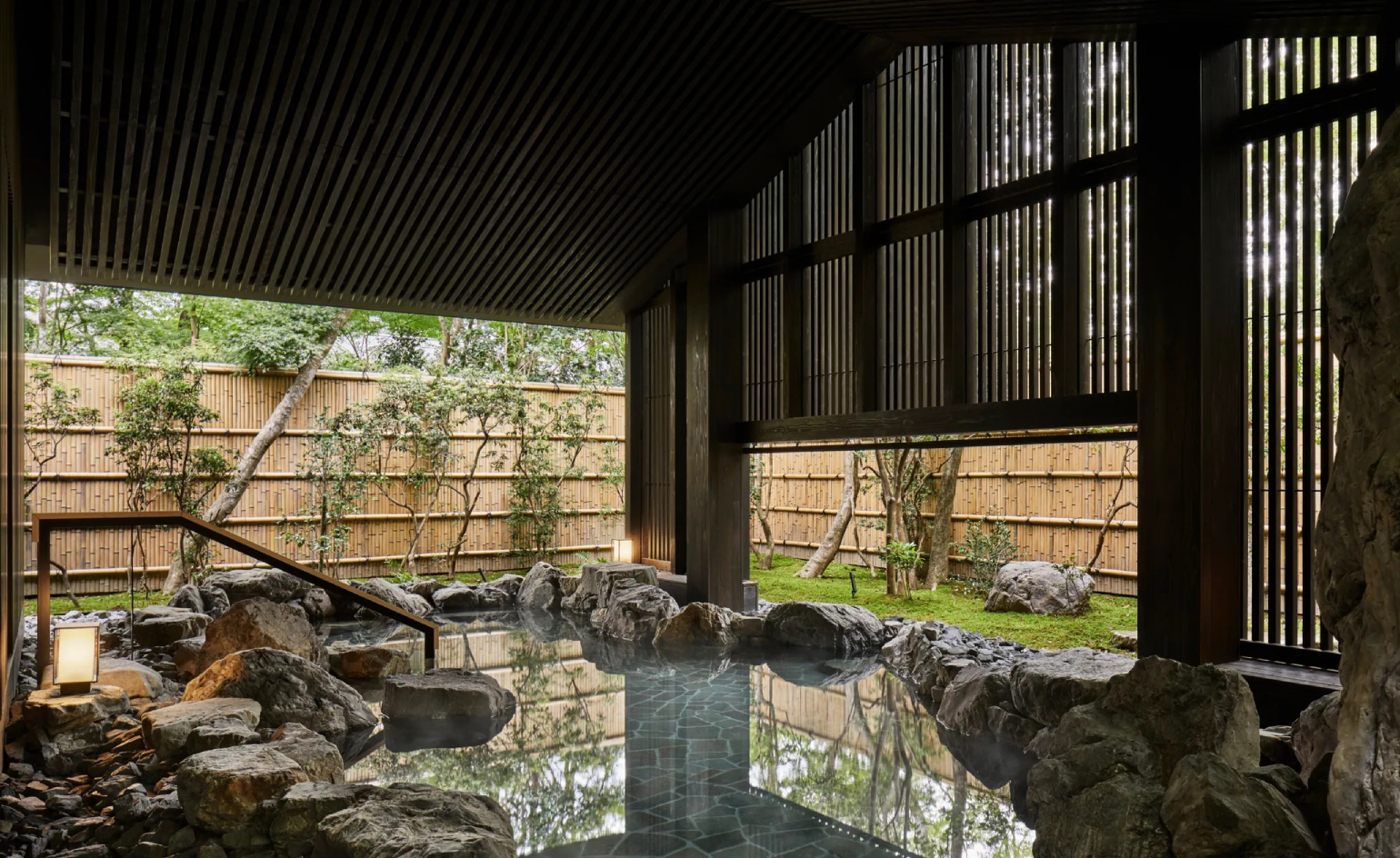 Shake off the winter chill at these design-led onsen hotels in Japan
Shake off the winter chill at these design-led onsen hotels in JapanWhether you’re heading to the mountains of Hokkaido or the alleys of Kyoto’s Gion district, these immaculately designed onsen hotels will keep the shivers at bay
By Jen Paolini
-
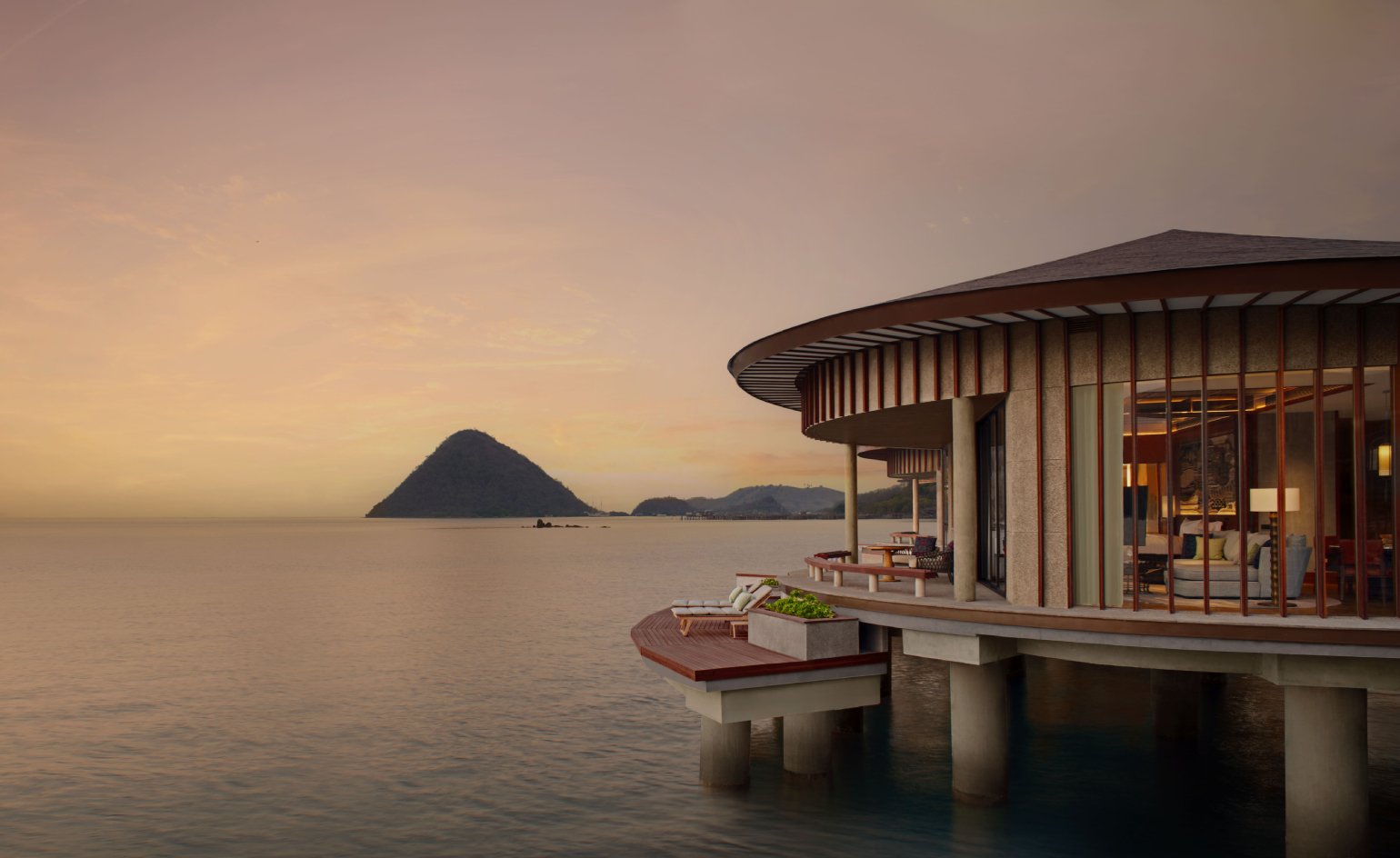 The new hotels you’ll want to stay at in 2025
The new hotels you’ll want to stay at in 2025Where to stay in 2025? Let six of the most-read-about hotel openings of the past 12 months inspire your escape – from a tiny Tokyo bolthole to a Tanzanian safari retreat
By Sofia de la Cruz
-
 2025 getaways: where Wallpaper* editors will be travelling to this year
2025 getaways: where Wallpaper* editors will be travelling to this yearFrom the Japanese art islands of Naoshima and Teshima to the Malaysian tropical paradise of Langkawi, here’s where Wallpaper* editors plan to travel to in 2025
By Sofia de la Cruz